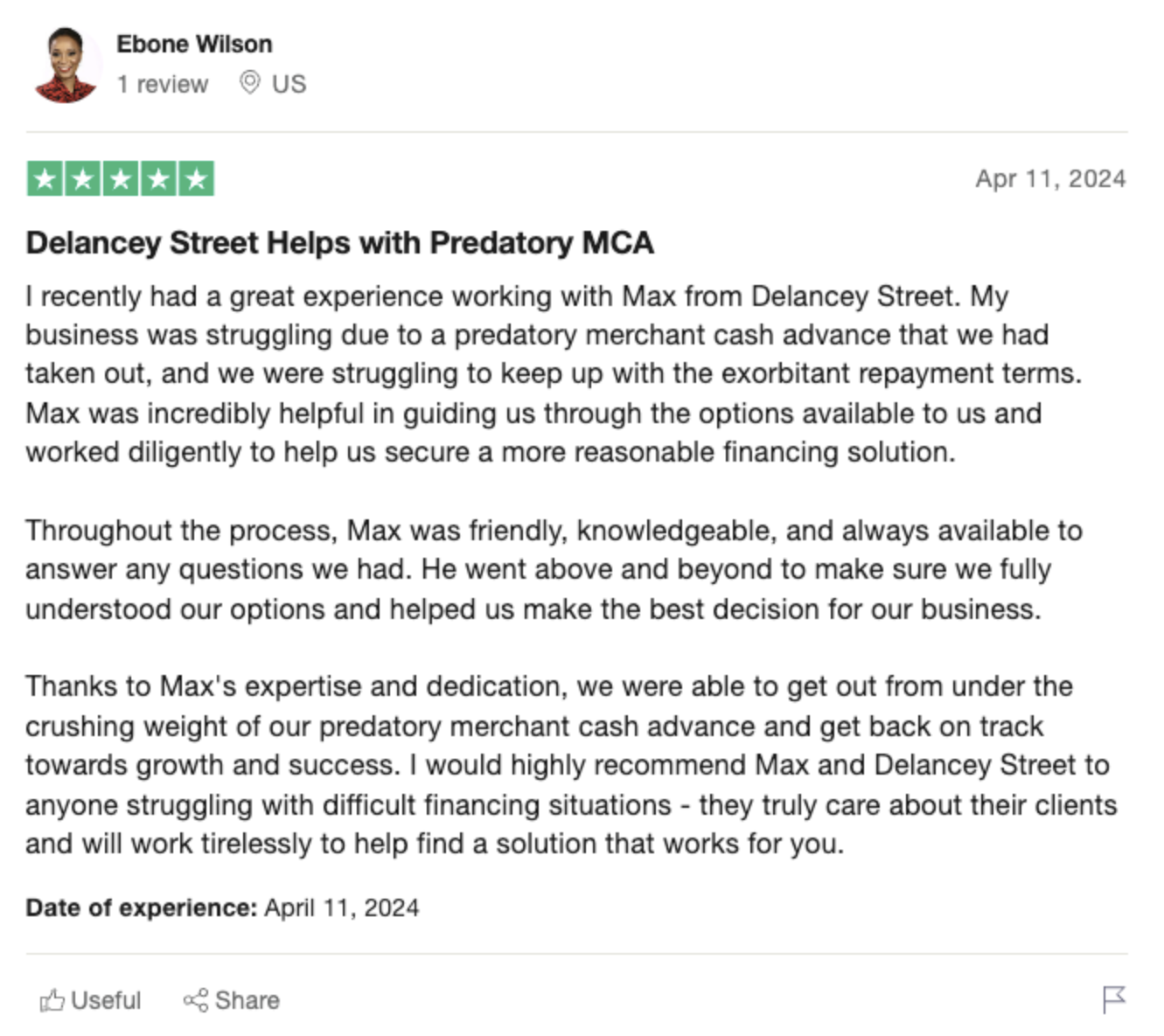How Second Lien Debt Is Restructured In Chapter 11 Bankruptcies
When a company files for Chapter 11 bankruptcy, it is usually overburdened with debt obligations that it cannot reasonably meet. This debt comes in different forms – first lien debt, second lien debt, unsecured debt, etc. As part of the bankruptcy restructuring process, the company will work with its creditors to renegotiate the terms of its debts so that the company can emerge from bankruptcy as a viable business.
What is Second Lien Debt?
Second lien debt refers to loans that are secured by collateral from the borrower, but have a lower priority status compared to first lien debt in case of default. This means that if the borrower defaults, the first lien debt holders will get paid first from the proceeds of the collateral before the second lien debt holders get anything.
 -
-Some key features of second lien debt:
- Secured by the same collateral as first lien debt, but is subordinate to it
- Has higher interest rates than first lien debt to compensate for the additional risk
- Used by companies that already have a lot of first lien debt and cannot take on more
In Chapter 11 bankruptcies, second lien debt is riskier for lenders as the borrower company is already in financial distress. Hence, second lien debt holders have to agree to restructured terms so that the company has a shot at turning itself around.
How Second Lien Debt Holders Are Impacted in Chapter 11 Cases
When a company files for Chapter 11, an “automatic stay” is imposed whereby creditors cannot take any actions to collect amounts owed by the debtor company. This gives the debtor time to restructure its debts without pressure from creditors.
For second lien debt holders, this usually means:
 -
-- Missed interest payments: The borrower company can stop making interest payments during bankruptcy, causing cash flow issues for lenders
- Lower recoveries: As the debtor company is distressed, second lien debt holders will likely have to settle for a lower overall recovery compared to their original loan amounts
- Lien position at risk: First lien lenders may pressure second lien holders to agree to concessions, using the threat of squeezing them out entirely
Essentially, second lien debt holders have very little leverage once the borrower enters bankruptcy. They have to work closely with the debtor company and first lien lenders to protect their interests.
Key Methods Used To Restructure Second Lien Debt
There are several techniques that can be used to provide second lien debt relief to the borrower company:
1. Interest Rate Reduction
One of the most common ways second lien debt is restructured is through interest rate cuts. This reduces the borrower’s cash interest expenses over the term of the loan. For example, rates may be cut from 10% to 7% per year. This allows the debtor company to free up cash flow to fund operations.
2. Principal Reduction
In some cases, second lien debt holders may have to stomach reductions in principal owed to improve recoveries. For example, a $100 million second lien loan could be cut to $80 million principal as part of a restructuring agreement. Debt forgiveness improves the borrower’s balance sheet.
3. Maturity Date Extensions
Second lien lenders commonly have to accept longer maturity dates for their loans, giving the borrower company more time to recover and pay them back. For instance, a loan maturing in 2025 may be pushed out to 2028 as part of bankruptcy negotiations. This reduces medium term cash flow pressures.
 -
-4. Added Collateral
Occasionally, second lien lenders negotiate to receive additional collateral to protect recoveries on their claims. However, first lien lenders will likely push back hard against giving up collateral coverage.
5. Debt-For-Equity Swaps
In extreme cases, second lien debt holders may have to exchange all or part of their debt holdings for equity shares in the reorganized company emerging from Chapter 11. This significantly increases risk but may offer higher recoveries if the company succeeds.
Throughout the restructuring process, second lien creditors have to work collectively through an organized group to defend their interests effectively against competing groups in the bankruptcy. Compromise and negotiation is key to securing reasonable recoveries.
 -
-What Happens If Agreement Cannot Be Reached?
If the debtor company cannot get an agreement from second lien lenders and other creditors on a restructuring plan, it has some options:
- Cram down: It can use the “cram down” provision under Chapter 11 to force the plan on dissenting creditor classes through court approval. This is subject to certain requirements around fair treatment of creditors.
- Section 363 sale: The debtor can look to sell itself in a Section 363 bankruptcy sale process rather than reorganize its debt. However, second lien debt holders would likely take a significant haircut in a sale.
- Chapter 7 liquidation: If all else fails, the case may be converted to a Chapter 7 liquidation. Here, assets get sold off and creditors get paid from the proceeds according to priority. In most cases, second lien lenders see very low recoveries in liquidation.
Hence, it is in interests of the company and second lien creditors to negotiate an agreed upon plan to improve recoveries for all stakeholders relative to these outcomes.
Conclusion
To conclude, second lien lenders face significant risks and uncertainty when borrower companies file for Chapter 11 bankruptcy. Through interest reductions, principal cuts, maturity extensions, and sometimes even debt-for-equity swaps, second lien debt is restructured to give the debtor company breathing room to get back on its feet.
As junior creditors, second lien holders have little individual leverage and must coordinate together to protect their interests amidst competing creditor groups. While restructuring deals aim to provide higher recoveries for second lien debt relative to liquidation outcomes, lenders must often settle for substantial losses in bankruptcy cases.
Resources
https://www.reddit.com/r/Bankruptcy/comments/x3h0x4/can_someone_explain_what_a_second_lien_is_in/
https://www.avvo.com/legal-guides/ugc/negotiating-second-lien-debt-in-bankruptcy
https://www.findlaw.com/smallbusiness/business-finances/second-lien-loans-in-bankruptcy.html
https://www.reddit.com/r/Bankruptcy/comments/vby511/cramming_down_secured_debt_in_ch_11/
https://www.quora.com/In-a-Chapter-11-bankruptcy-what-is-a-363-sale
https://www.avvo.com/legal-guides/ugc/what-happens-to-secured-debt-in-chapter-7-bankruptcy







